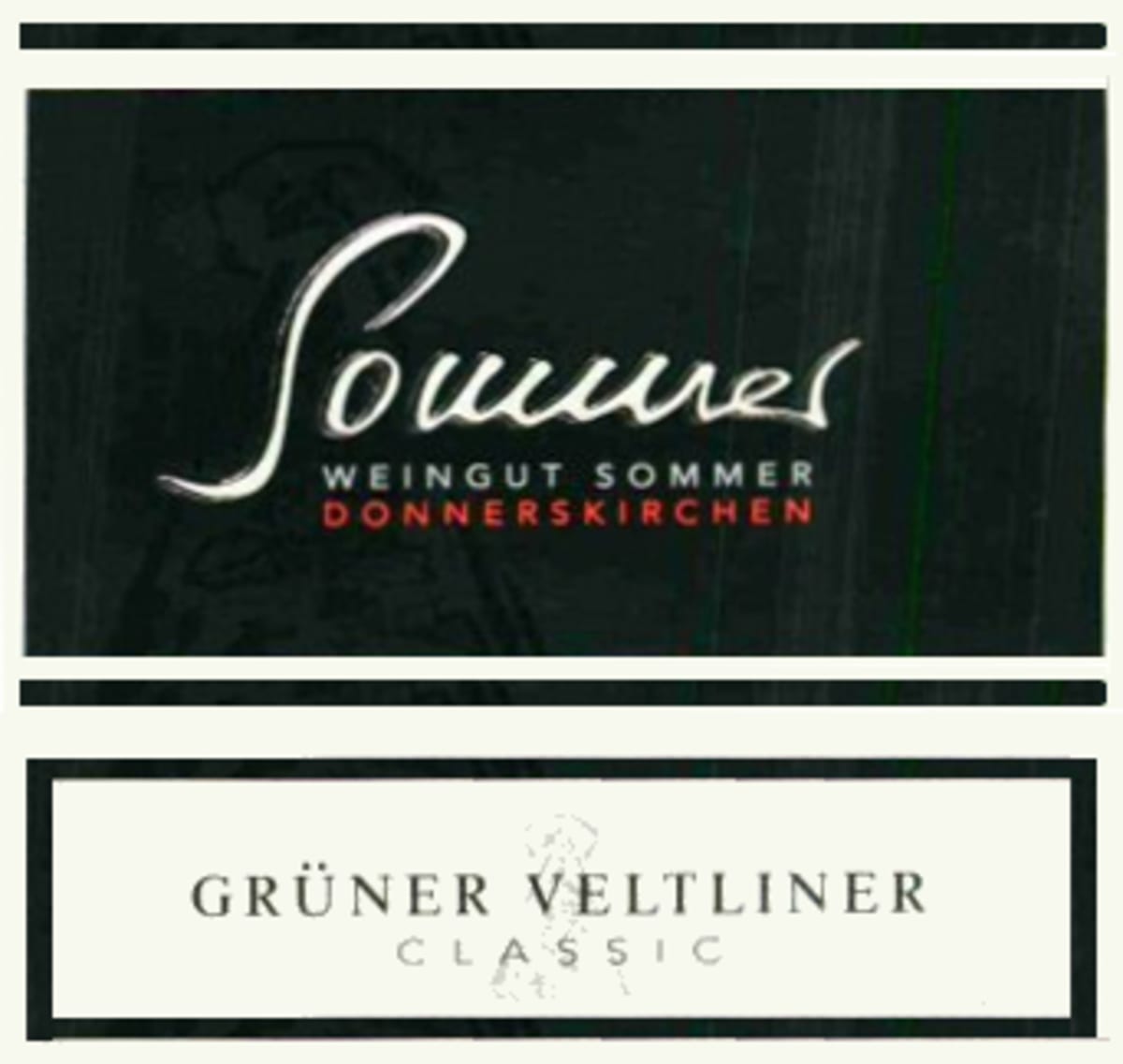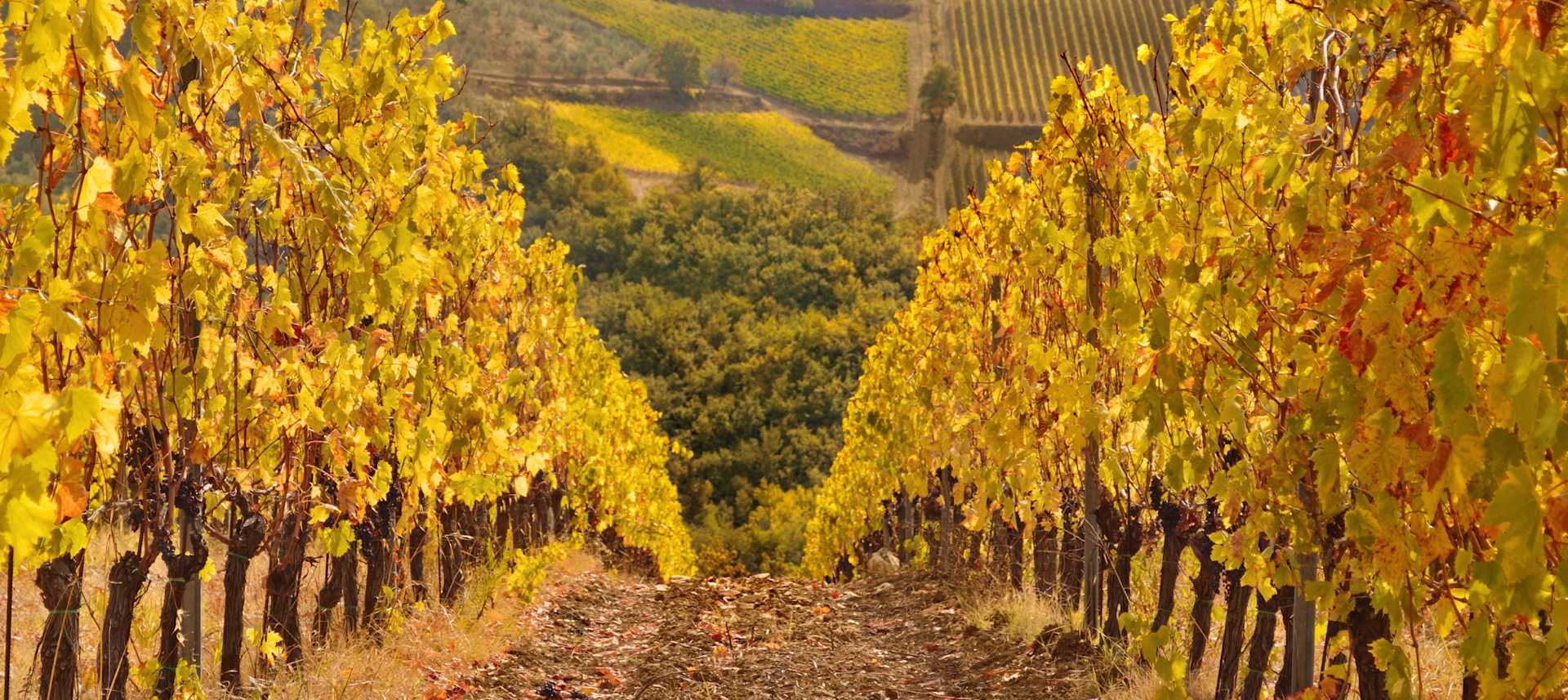Weingut Sommer, Donnerskirchen Classic Gruner Veltliner 2010


Product Details
Your Rating
Somm Note
Winemaker Notes

Fun to say and delightfully easy to drink, Grüner Veltliner calls Austria its homeland. While some easily quaffable Grüners come in a one-liter—a convenient size—many high caliber single vineyard bottlings can benefit from cellar aging. Somm Secret—About 75% of the world’s Grüner Veltliner comes from Austria but the variety is gaining ground in other countries, namely Hungary, the Czech Republic, Slovakia and the United States.

Fog and humidity arise from the Neusiedlersee (lake), and extend over the wet flatlands region of the same name, all the way to Austria’s border with Hungary. This moisture, coupled with the daily sunshine that reflects from its wet surfaces, serves as the perfect environment for the development of the desirable fungus called, Botrytis cinerea.
This fungus causes the grapes to essentially “rot” and dry, concentrating their sugars for harvest. It also helps the grapes develop intricate phenolic complexities leading to some of the most sought-after and unique sweet wines in the world. Austrian law categorizes these botrytized, sweet wines according to the must weight (sugar concentration) at harvest in the same way as the Germans. So the wines will be labeled, Auslese, Beerenauslese, Trockenbeerenauslese and Eiswein.
While the region’s reputation has historically ridden on the success of its sweet, botrytized wines, in 2011, Austria granted the official appellation of origin, Neusiedlersee, to its high quality Zweigelt red wines. As a result, any of its prestigious sweet wines will be actually be labeled after the general region of Burgenland.
Neusiedlersee’s slopes of mica, schist, limestone and variations in gravel, sand and clay make it ideal for its indigenous red varieties, Blaufränkisch, St. Laurent and Zwiegelt, as well as the international varieties of Pinot Noir (Blauburgunder), Merlot, Cabernet and even Syrah.
Though not widely planted here, some white wines, such as Pinot Blanc (Weissburgunder), have distinguished themselves locally.
